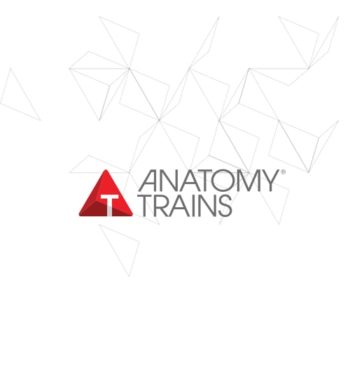Thank you for your interest! Registration for this webinar is now closed. Please email info@anatomytrains.com with any questions.
We are thrilled to bring to you Anatomy Trains 12 Days of Christmas Masterclass Series, showcasing world renowned thought leaders in fascia, anatomy, & body-minded movement. With this amazing lineup, it will be hard to pick just one to attend!
Each two hour Masterclass will be presented live over zoom – we encourage you to join us live! We will have exclusive contests for those who attend live, with fun prizes awarded to the winners. However if you cannot attend live, you can relax in the knowledge that each webinar will be recorded and the recording will be made available for you to enjoy for 45 days.
Please note: To ensure a high quality student experience, registration will close December 27th at 8PM EST
Webinar description:
Fascia: The Fabric of Innerness – A Place to Hide?
J.C van der Wal MD PhD.
A philosophical exploration of the possible meaning of fascia as the organ or ‘the fabric’ of inwardness or ‘innerness’. In recent decades there has been a rapid interest in the fascia as a system or as a tissue or even as an organ. This interest has not been generated from the domain of medical and functional anatomy and was not an acknowledged domain within so- called mainstream science. Trained as a traditional of medical anatomist, I became acquainted relatively late and initially outside the framework of mainstream medical science with fascia as a functional phenomenon. It has now become clear to me that the first pioneers in the field of fascia research were familiar with fascia from their background in the context of the threefoldness view of human, the osteopathic Triune Man. The triune human is however not an image of the human that originates from mainstream medical scientific frameworks either. It is even so that a three-fold view on the human person may be reconciled with a pre-scientific and holistic view, but not with a regular science-based anatomical view of man. As a holistic and phenomenological embryologist, I have been trying for as long to bridge the gap between a holistic image of human that recognizes the Soul or Mind of man (nowadays wrongly made almost synonymous with Consciousness) as a substance and quality that is of a different order than the material or physical body. Not a duality but a polarity entity.
It is therefore a phenomenological embryological approach to fascia that has ultimately provided me the key to understanding fascia as a psychosomatic dimension. In this more contemplative and philosophical exposition, I would like to report on my journey through fascia-land that started with fascia as the complementary connective tissue architecture of the body in general and of the so-called locomotor system in particular (a biotensegrity system avant la lettre) and ended with fascia as the domain where ‘the soul is dwelling’ (Andrew Taylor Still, Osteopathy).
So no ‘hands-on’ or ‘practical’ anatomy, but contemplative morphology. I think this is a dire necessity for people who work with fascia because in the same last decades a (what I believe as unwanted) confusion and mixing of concepts of body anatomy from the scientific respectively from the pre-scientific domain has arisen. As a result, the condition for a sake (i.e., the human body) is taken for the sake itself (i.e., the human soul or mind). This contribution can be seen as a detailed presentation in words and images of chapter one in the recently published book by D. Lesondak and A.M. Akey titled Fascia, Function, and Medical Implications. Perhaps at this time of year (from a Christian tradition a period of contemplation and reflection) it is possible to contemplate the Holy Trinity as a possible biological and morphological principle. The lecture is also mentioned to honor Tom Myers for his original and out of the (anatomy) box approach of the human Posture and Locomotion System.
Monday, December 28th: 10:00 AM – 12:00 PM Eastern Standard Time, US


